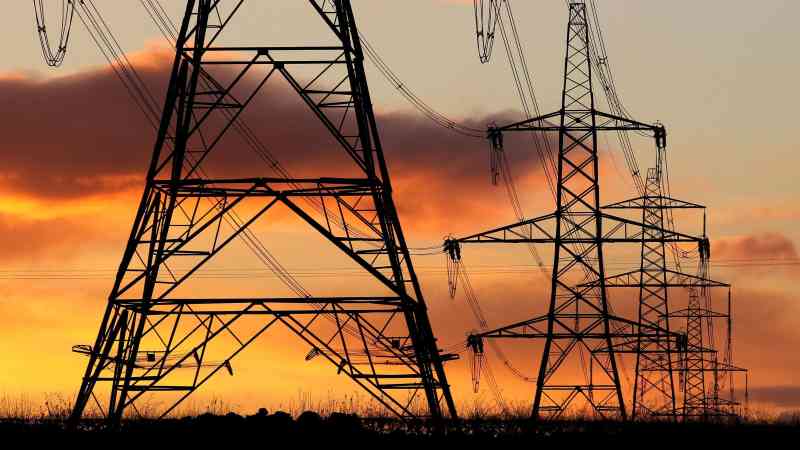The energy regulator is preparing to overhaul the price cap that limits tariffs for 15 million households, raising fears of steep bill increases next year.
Ofgem wrote to suppliers on Friday to say that it would consult next month on changes to the methodology of the cap to ensure that it fully reflected “the costs, risks and uncertainties facing the supply companies we regulate”.
Energy suppliers had warned that the price cap was forcing them to sell energy at a loss and could precipitate the collapse of more companies because it has not kept up with steep rises in wholesale prices. Sixteen energy suppliers serving almost 2.5 million households have gone bust this year, with 14 failing since the start of August as wholesale gas prices have soared to record highs.
“The unprecedented and unexpected rise in gas and electricity prices over recent months has put energy markets under severe strain,” Jonathan Brearley, Ofgem chief executive, wrote. “As this period of uncertainty continues, and the pressure on the sector grows, we are taking steps to protect the short and long-term interests of consumers, providing greater certainty for investors and strengthening the resilience of the sector.”
He said that the price cap methodology “includes a range of mechanisms to allow suppliers to recover uncertain costs based on what was considered reasonable at the time”, adding: “We will consult on whether these existing mechanisms should be adjusted in light of the increased costs and risks facing suppliers.”
Ofgem said that the changes to the cap would be in place by the time its level is next updated in April. Analysts have forecast that even under the existing methodology it could rise by as much as a third to £1,700 a year.
Brearley also set out plans for further regulatory reform, including tougher checks on the financial health of energy suppliers to try to prevent more failing. Brearley said that Ofgem would also “raise the bar” on requirements relating to suppliers’ financial risk management and resilience, and have tougher checks to prevent executives from failed firms starting up new companies.
The energy price cap limits tariffs for about 11 million households on standard variable tariffs and four million with prepayment meters. It was introduced for standard variable tariff customers in 2019 after the government concluded that suppliers were ripping off loyal households that did not shop around.
The cap is updated every six months based on Ofgem’s assessment of suppliers’ costs. The regulator looks at historical wholesale prices, assuming suppliers purchase most of their energy months in advance. However, some smaller suppliers say that they are unable to do this, and even larger suppliers say they cannot buy energy cheaply enough today to serve an influx of new customers moving onto the standard variable tariffs as cheap deals have disappeared from the market.
There has also been widespread criticism of lax regulation in the sector and concerns that many of those suppliers that have collapsed were poorly run and took risks with customers’ cash. The failures so far are estimated to have left behind a £2.5 billion bill. Much of this will initially be incurred by the suppliers that take on customers from defunct suppliers, before ultimately being recouped via an industry-wide levy on all households, costing as much as £100 for every household in Britain.
Ofgem said that it was preparing changes to “facilitate faster payment to suppliers” for the costs they incur taking on such customers.
